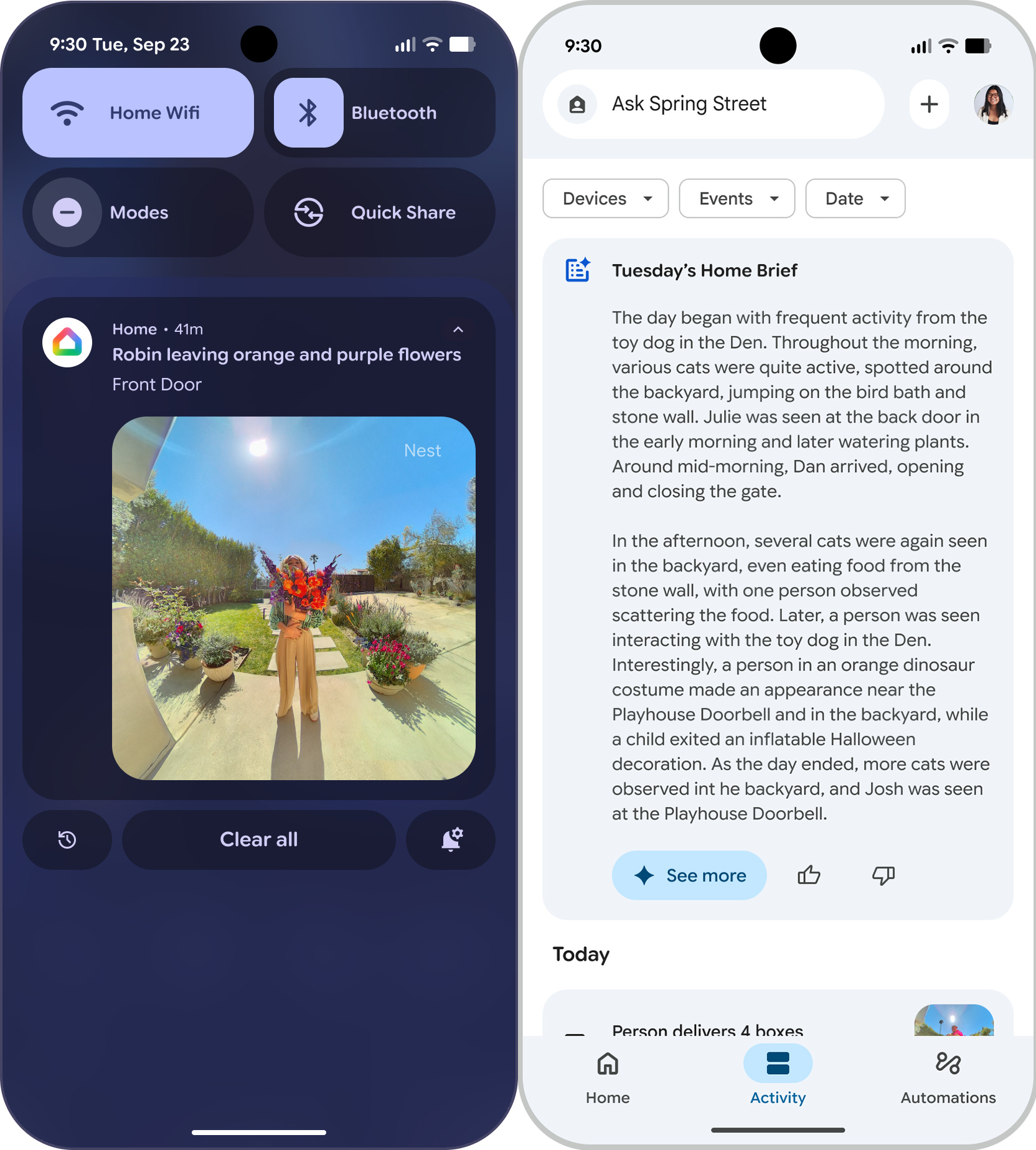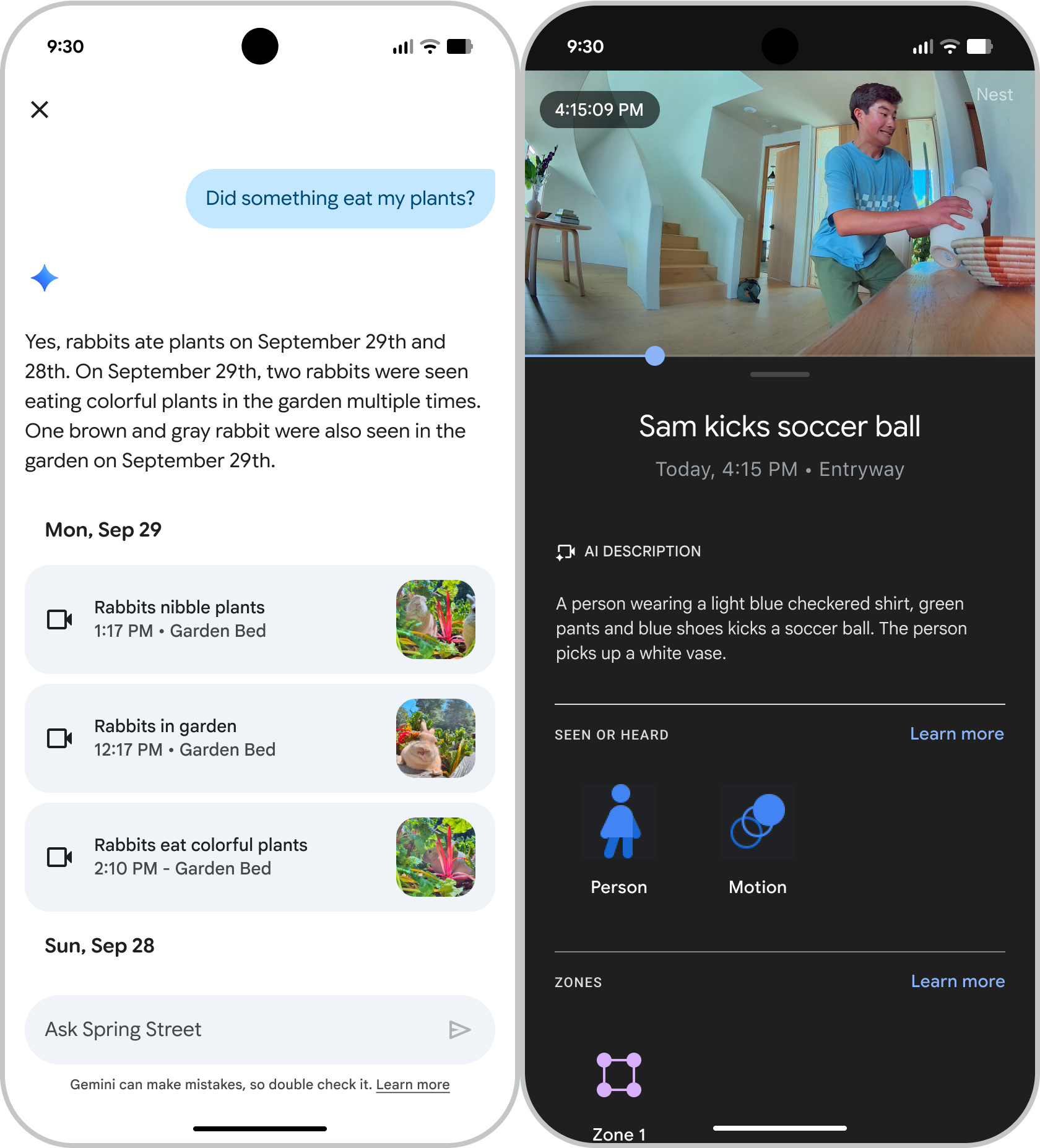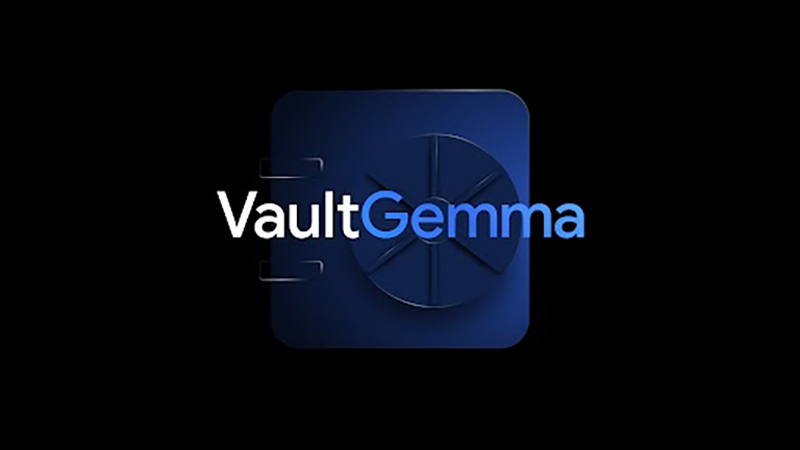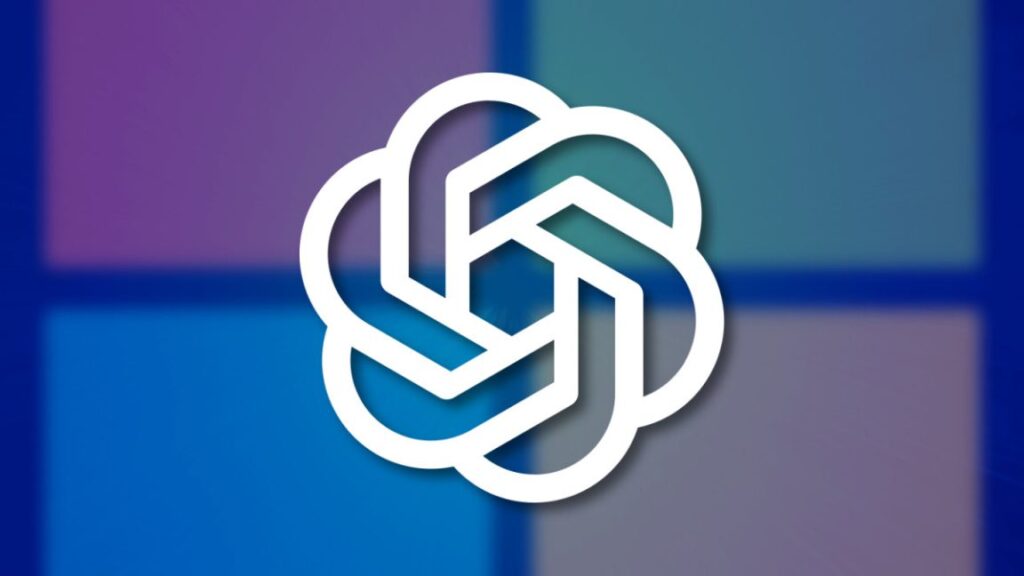Google’s Photoshop-killer AI model is coming to search, Photos, and NotebookLM
NotebookLM added a video overview feature several months back, which uses AI to generate a video summary of the content you’ve added to the notebook. The addition of Nano Banana to NotebookLM is much less open-ended. Instead of entering prompts to edit images, NotebookLM has a new set of video styles powered by Nano Banana, including whiteboard, anime, retro print, and more. The original style is still available as “Classic.”
My favorite video.
NotebookLM’s videos are still somewhat limited, but this update adds a second general format. You can now choose “Brief” in addition to “Explainer,” with the option to add prompts that steer the video in the right direction. Although, that’s not a guarantee, as this is still generative AI. At least the style should be more consistent with the addition of Nano Banana.
The updated image editor is also coming to Google Photos, but Google doesn’t have a firm timeline. Google claims that its Nano Banana model is a “major upgrade” over its previous image-editing model. Conversational editing was added to Photos last month, but it’s not the Nano Banana model that has impressed testers over the summer. Google says that Nano Banana will arrive in the Photos app in the next few weeks, which should make those conversational edits much less frustrating.
Google’s Photoshop-killer AI model is coming to search, Photos, and NotebookLM Read More »


















